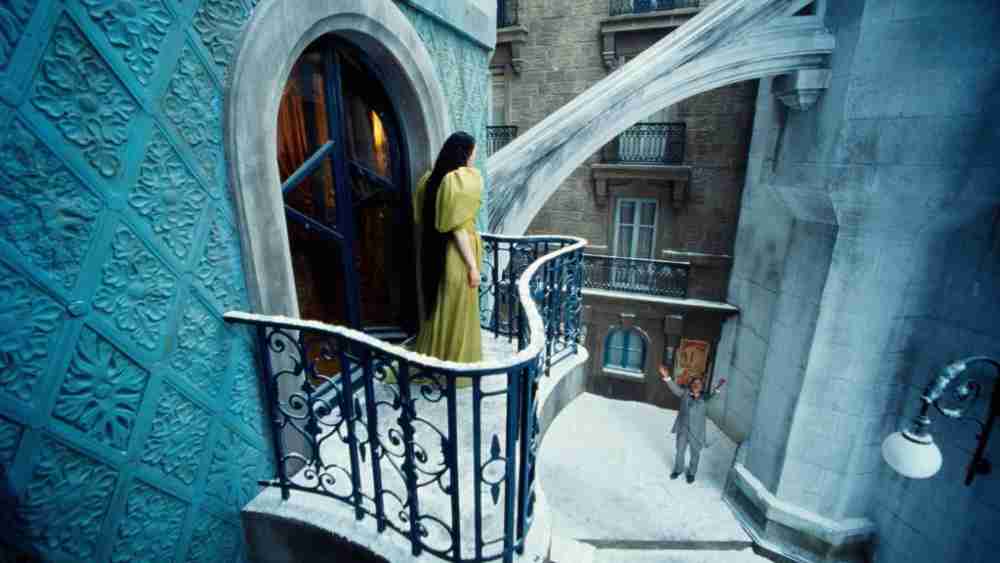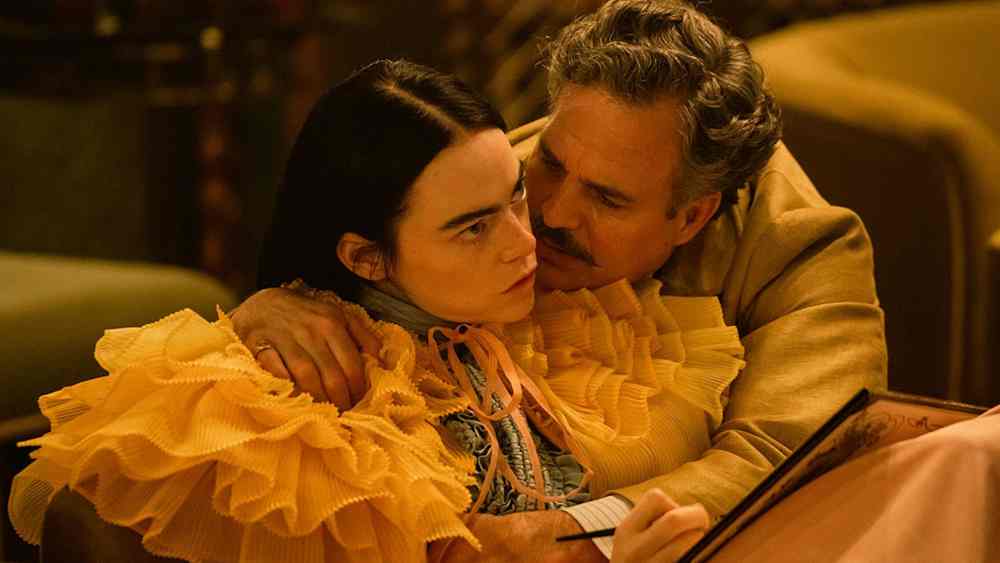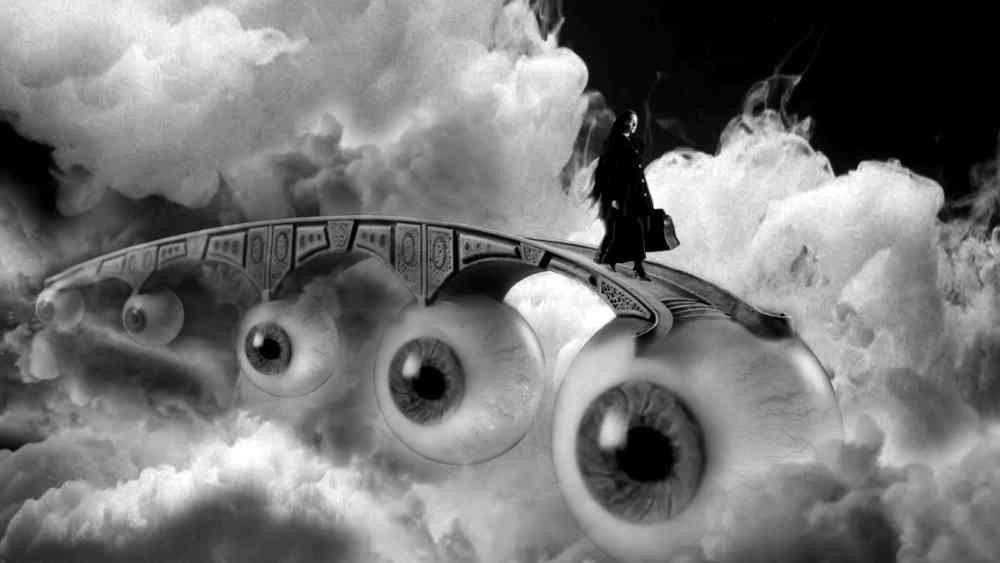Greek filmmaker Yorgos Lanthimos has left an indelible mark in world cinema with his singular style, blending surrealistic and absurdist themes evident in his striking set designs and a distinctive use of the camera. Part of the postmodern film movement also known as the Greek Weird Wave, his films unsettle viewers, often offering no catharsis. Dogtooth, which won the Prix Un Certain Regard at the 2009 Cannes, first brought him to prominence. In a way, it laid the foundation for Lanthimos’ future works which dealt with similar themes.
His latest Poor Things, based on the 1992 novel by Alasdair Gray, unfolds in steampunk London. From the set to the costumes and camerawork, the film has multilayered connotations and this piece attempts to explore the world created by Lanthimos. The narrative is both a fantastical odyssey and a sharp critique of the era’s gender and social hierarchies, with Bella’s journey serving as a metaphor for empowerment and self-discovery. Quickly then, let’s dive in.
WATCH: 10 Best Films of 2023
Themes in Poor Things
Steampunk mixed with Surrealism

Originally coined by science fiction author K.W. Jeter, steampunk features anachronistic or retrofuturistic technologies set in the alternative history of the Victorian era. Such technologies may include fictional machines found mostly in the works of H.G. Wells and Jules Verne. This subgenre of science fiction also incorporates elements of fantasy, horror, historical fiction or other branches of speculative fiction, addressing real world social issues.
Lanthimos profusely uses this genre in his latest feature. Poor Things opens in steampunk London where a maverick scientist named Godwin Baxter (Willem Dafoe), like Mary Shelley’s Victor Frankenstein, brings a dead woman back to life. Only in this case, Godwin replaces the woman’s brain with that of her unborn foetus resulting in her having an infant’s mind and names her Bella Baxter (Emma Stone).
As Bella embarks on her journey of self-discovery and adventure, presented in chapters akin to a travelogue, the film unfolds the world Lanthimos has crafted, showcasing its distinctive spaces and settings. From London to Lisbon, Alexandria and Paris, the surreal mood of the film is brought to life through the imaginative set designs of James Price and Shona Heath, creating a landscape that almost resembles a dreamland. From the airships in Lisbon, to framing the city of Alexandria and the snow-dusted, red-painted trees of Paris, the designers don’t rely on materials and styles from the past, they ingeniously employ today’s technologies to evoke the ambiance of a 1930s studio.
Surrealism is a recurring element in Lanthimos’ films and Poor Things is no exception. The film employs a superwide fisheye lens with a vignette effect, resembling a porthole view into its world, which not only highlights the surrealism genre but also positions the audience as detached observers, peering into the characters’ lives. Cinematographer Robbie Ryan uses a 4mm lens to capture a super wide view which at times is disorienting for viewers. The wide angle lens lends a visceral sense of strangeness to the film’s world and in how Bella perceives it.
The use of LED backdrops and heightened lighting to match the texture of film further embellishes Bella’s hyper fantastic world. Lanthimos remarkably uses both genrés (steampunk and surrealism) to immerse us into Bella‘s journey, her unnatural psychological evolution through her infantile curiosity.
“It couldn’t be just something realistic, we aimed to open the period and insert elements that allude to an era, but allow it to be more of a fairytale or a metaphor for things. There are various elements that are either science fiction or anachronistic or imagery,” said Lanthimos in an interview.
Psychoanalysis and Authoritarianism

Lanthimos’ early films, particularly Dogtooth, explore these themes in an unconventional, bizarre way. Dogtooth illustrates the use of language as a tool for control. In the film, parents homeschool their children in a way that’s unsettling to watch. Unlike Dogtooth, The Dreamers by Bertolucci presents a scenario where excessive freedom from parents leads to chaos in the children’s lives. Both movies reflect the unrest of their respective settings through themes of anarchy and authority.
Poor Things addresses similar themes but diverges in its portrayal of resistance against authoritative figures. Here, Bella refuses to comply with the patriarchal authority. The first half of the movie is in monochrome, symbolizing Bella‘s transition between the Oral and Anal stages of Freud’s psychosexual development stages. Bella refers to Godwin as “God,” an authoritative figure who created her and views her as the main subject of his experiments.
Godwin‘s dominance over Bella appears to stem from his own childhood, when he was the subject of his father’s scientific experiments. His disfigured face and other abnormalities result from his father’s scientific ventures, but he never opposed his father.
In due course of the film, we witness Bella‘s entry into the phallic stage followed by the genital stage when she comes to terms with sexual pleasures like masturbation, and is at her happiest.

In Dogtooth, it’s an outsider (and the father’s company’s security guard) Christina who plays a crucial role in enlightening the children, especially the eldest daughter of her sexuality. In Poor Things, it’s Dr. Baxter‘s morally questionable lawyer Duncan Wedderburn (played by Mark Ruffalo) who propels Bella into a life-altering journey. The moment Bella sets off for Lisbon, her first stop, the film transitions to color, immersing us in Bella’s vibrant and rich experiences. I was instantly reminded of Wim Wender’s Wings of Desire where the film transitions from monochrome to colour when the angel from heaven succumbs to the desires of the real world.
Duncan consistently fails in trying to control the untamable Bella throughout their journey. Like the authoritarian father in Dogtooth, Godwin Baxter and Duncan represent oppressive forces. However, eventually Bella Baxter emerges as a modern-day rebel, bravely defying control.
Existentialism leading to feminism

The low ceiling rooms in Baxter‘s house create a claustrophobic atmosphere for Bella, setting off her existential crisis. Bella and Godwin sit at the dining table in cartoonishly oversized chairs inspired by Victorian dollhouse furniture. In the words of production designer Shona Heath: “We liked the idea that Bella could feel small in the house, so that she could appear more childlike, like a doll.”
The Baxter house contains several hallmarks of Victorian decor like dark jewel stones, moulding of the ceiling into the shape of an ear. Playing with contrasts, the designers “splice up” the architecture in a similar way a surgeon splices up his subjects. Godwin Baxter is a dominating figure like Victor Frankenstein, he suffers from God complex considering himself equivalent to the creator, yet following his father’s advice carves his things with compassion. Unlike Victor who shuns away his own creation, Godwin embraces them; he develops a father-daughter bond with Bella but Bella’s early feminist leanings are hinted at during a dinner scene where she spits out food she dislikes, asking, “Why keep it in my mouth if it’s revolting?”
Yorgos aimed to present the world from Bella‘s perspective, sparking the decision to construct unique sets for each scene. She challenges the societal norms that turn a blind eye towards the plight of the underprivileged.
Both Dogtooth and Poor Things feature dance scenes symbolizing women breaking free from patriarchal constraints. In Dogtooth, during their parents’ anniversary, the older daughter’s dance, inspired by Flashdance, shows how movies play an incidental role in revealing to her the falsehood of her parents’ constructed reality, signalling her need to flee for freedom. In Poor Things, Bella’s dance at a party defies societal expectations with her unconventional style.
Her sartorial evolution follows her rejection of performative and restrictive Victorian society with the standard crinoline and corset tossed aside in favour of silk shorts and loose blouses with exaggeratedly puffed sleeves.

The film’s first segment, set in Baxter’s London home and shot in black and white, contrasts sharply with the vividly colored Parisian brothel that offers Bella sanctuary and financial independence, despite its windows adorned with phallic symbols. This brothel, drenched in bold reds, lavenders, blues, and yellows, embodies the joy and discovery Bella experiences. It’s here that Bella is introduced to socialism through a fellow prostitute, broadening her perspective on the social inequities observed in Alexandria’s slums.
Meanwhile, Godwin‘s quest for power and control leads him to experiment with another young woman Felicity to fill the void of Bella‘s absence. But when he discovers that he is terminally ill and Bella learns of it, she returns to London. This is a different Bella though; she has her own dreams of becoming a doctor, she learns about her real identity as Victoria Blessington who committed suicide and the experiment conducted on her but chooses to reconcile with Godwin.
Bella feels trapped once again when she decides to return to Alfie Blessington, a despicable sadist, and her husband from her previous identity, which she has no recollection of, but once again manages to free herself, reclaiming her agency.
The title Poor Things alludes to animate objects, commodified and turned into subjects of Godwin’s experiment including Bella Baxter (symbolizing the broader societal manipulation by those in power). They’re labeled “poor” for their obscured struggle for existence, yet Bella manages to challenge hierarchy. Her retort to Duncan’s insult, “We are our means of production,” is a defiance of gender hierarchy, positioning her as an emblem of empowerment.
Her journey reveals to her the inherent violence of the world, which she paradoxically finds appealing. This adds a layer of complexity to her character, making us question whether she’ll apply her knowledge gained in the field of anatomy judiciously. The film concludes ambiguously with Bella and Max McCandles, Godwin‘s assistant and her fiancé, replacing Alfie‘s brain with a goat’s, while Bella calls for a gin.
Closing Thoughts
Obscure endings are signature to Lanthimos’ filmography and he maintains tradition in Poor Things. Blending different genres and themes that create an expansive world for his central character, Lanthimos also addresses a wide range of issues rooted in present times. Like all his films, his deadpan style is evident here too. It may not be to everyone’s tastes, but adds layers to his complex body of work and is oddly satisfying.
Where to Watch Poor Things: Hotstar, Apple TV (rent)
